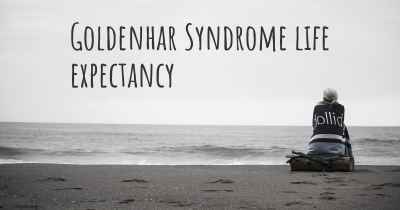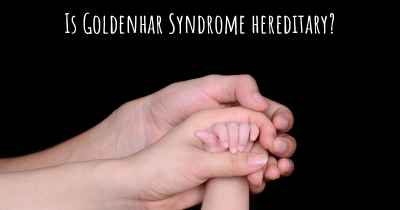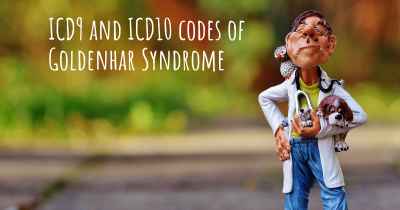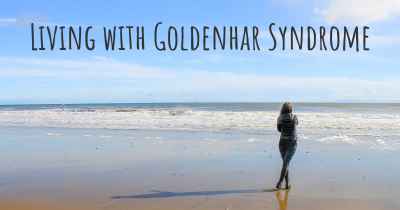Is it advisable to do exercise when affected by Goldenhar Syndrome? Which activities would you suggest and how intense should they be?
See if it is advisable for people with Goldenhar Syndrome to practice sports and which ones are the most recommended if you have Goldenhar Syndrome
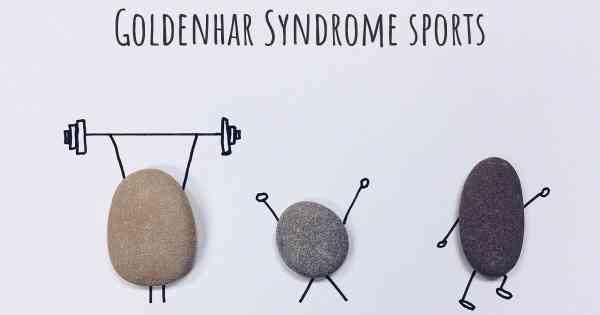
Goldenhar Syndrome is a rare congenital condition that affects the development of the face, ears, and spine. It can vary in severity and can lead to a range of physical and functional challenges. When it comes to exercise and physical activity, it is important to consider the individual's specific needs and abilities. While it is generally advisable to engage in regular exercise for overall health and well-being, it is crucial to approach it with caution and consult with healthcare professionals.
Consultation with healthcare professionals:
Before starting any exercise program, individuals with Goldenhar Syndrome should consult with their healthcare team, including their primary care physician and any specialists involved in their care. These professionals can provide personalized guidance based on the individual's specific condition, abilities, and any associated health concerns.
Benefits of exercise:
Regular exercise can offer numerous benefits for individuals with Goldenhar Syndrome. It can help improve cardiovascular health, muscle strength, flexibility, and overall physical fitness. Exercise can also have positive effects on mental well-being, including reducing stress and improving mood. Additionally, engaging in physical activity can promote social interaction and inclusion, which is important for individuals with any type of disability.
Types of exercise:
The types of exercise recommended for individuals with Goldenhar Syndrome may vary depending on their specific needs and abilities. Here are some suggestions:
- Aerobic exercise: Activities that increase heart rate and breathing, such as walking, swimming, cycling, or dancing, can be beneficial. These exercises can improve cardiovascular fitness and overall endurance. It is important to start at a comfortable intensity and gradually increase the duration and intensity as tolerated.
- Strength training: Incorporating resistance exercises can help improve muscle strength and tone. This can involve using resistance bands, light weights, or bodyweight exercises. It is essential to use proper form and start with lighter resistance, gradually increasing as strength improves.
- Flexibility exercises: Stretching exercises can help improve flexibility and range of motion. Gentle stretching of major muscle groups should be performed regularly, focusing on areas that may be affected by Goldenhar Syndrome, such as the neck, shoulders, and spine.
- Balance and coordination exercises: Activities that challenge balance and coordination, such as yoga, tai chi, or specific balance exercises, can be beneficial. These exercises can help improve stability and reduce the risk of falls.
- Adaptive sports and activities: Depending on the individual's abilities and interests, participating in adaptive sports or activities tailored to their needs can be an excellent option. These may include wheelchair basketball, swimming, or other adaptive sports programs.
Exercise intensity:
The intensity of exercise should be tailored to the individual's abilities and overall health. It is important to start at a comfortable level and gradually increase the intensity as tolerated. The individual's healthcare team can provide guidance on appropriate exercise intensity, taking into account any associated health conditions or limitations.
Considerations and precautions:
While exercise can be beneficial for individuals with Goldenhar Syndrome, it is crucial to consider certain precautions:
- Individualized approach: Each person with Goldenhar Syndrome is unique, and exercise recommendations should be tailored to their specific needs and abilities.
- Monitoring: Regular monitoring of the individual's response to exercise is important. This can help identify any potential issues or adjustments needed in the exercise program.
- Proper technique: It is essential to learn and use proper exercise techniques to minimize the risk of injury. Working with a qualified exercise professional or physical therapist can be beneficial.
- Gradual progression: Starting with low-intensity exercises and gradually increasing the duration and intensity is important to avoid overexertion or injury.
- Individual comfort: The individual's comfort and enjoyment of the chosen activities should be prioritized. Finding activities that they enjoy and can sustain long-term is key to maintaining an active lifestyle.
Conclusion:
Engaging in regular exercise and physical activity can be beneficial for individuals with Goldenhar Syndrome. However, it is crucial to approach it with caution, consult with healthcare professionals, and tailor the exercise program to the individual's specific needs and abilities. By doing so, individuals with Goldenhar Syndrome can enjoy the numerous physical, mental, and social benefits that regular exercise can provide.
